One of the best reasons to consider immigrating to Peru is the almost absurdly low cost of living. While it’s risen heaps over the last decade due to soaring property values, you should find it very easy to cover your basic necessities. Saving money is easy in most circumstances.
Unlike many developed nations, the things you need in Peru are dirt cheap, while the things you want, like that brand new TV, will cost much more than they would back home. Peruvian economic policy is responsible for that dynamic, but I find it preferable to living in a nation where I have to pay $6 for 1500 calories of greasy garbage.
Cost of living depends on districts
Before I go into the item-by-item breakdown, bear in mind that Lima is a diverse city economically speaking. Generally you’re paying for security; values rise as crime decreases. Here’s a list of districts ranked according to what I think is the best value, meaning acceptable margin of risk without overpaying.
- Jesus Maria
- La Molina (cheapest near Javier Prado)
- Lince (west of Av. Arequipa)
- San Borja
- Surco
- Miraflores
- San Isidro
Outside of these areas there are pockets in some other districts like San Miguel, Pueblo Libre, or Barranco that are safe to live in. This is by no means a Bible. Head out to some neighborhoods and see for yourself. But for the sake of this article I’m going to focus on the areas I’ve just mentioned.
Rent
One-bedroom apartments are scarce. Peru doesn’t have a strong culture of young people moving out on their own. 2BRs are increasingly common, especially in new construction. So likely you’ll have to choose between renting a single room or getting a full apartment.
Rooms for rent tend to run between 200-400 soles a month in the aforementioned areas. All services should be included, including the house’s Wi-Fi. One month up front, no more. Many landlords will only rent rooms to women.
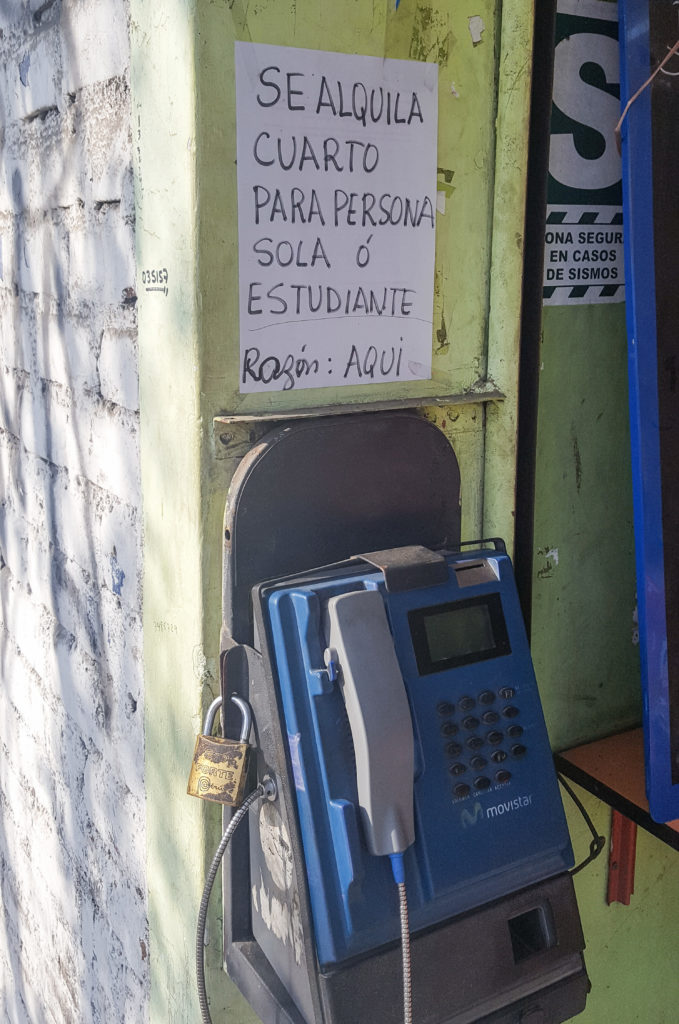
Apartments typically request 1 month’s security deposit and 2 months down. It’s difficult to find a 2BR in these areas for less than 1000 soles a month, although small ones or the odd 1BR in the right place will go as low as 800. An additional maintenance charge may be added for cleaning of the common areas and servicing amenities like the elevator, as well as a doorman’s salary if applicable. This runs around 1-200 soles more.
Rent, while it has gone up, is still very reasonable and a big part of why the cost of living in Peru is so modest.
Transportation
I advise against driving a car in Lima. Costs are higher than what you’d pay back home. Gasoline is between $3-4 a gallon, though you can skirt that cost by using natural gas. Parking is often an additional expense.
Bus rides cost between 1-3 soles and can literally take you anywhere. There is always a bus for where you need to go. Figuring out what bus to take is another article entirely.
Cab fares are negotiated. Ask a local before you get in one and stick to your price. There’s always another cab.
When I had to commute to work by bus I spent around 4 soles a day, plus a couple of cab rides on the weekends. 2-300 soles a month is a high estimate for transportation if you avoid taking a cab everywhere.
Food
The best part. Food is mind-bogglingly cheap. A standard lunch in a menú or local market will cost around 5-10 soles, and it’s better than whatever you could have cooked. A nearby bakery can cover your breakfast needs for just a couple of soles. Sit-down restaurant meals run from 15-40 soles per person, with quality and portions scaling as you go. Spending any more than that means you’ll be eating a meal to remember.
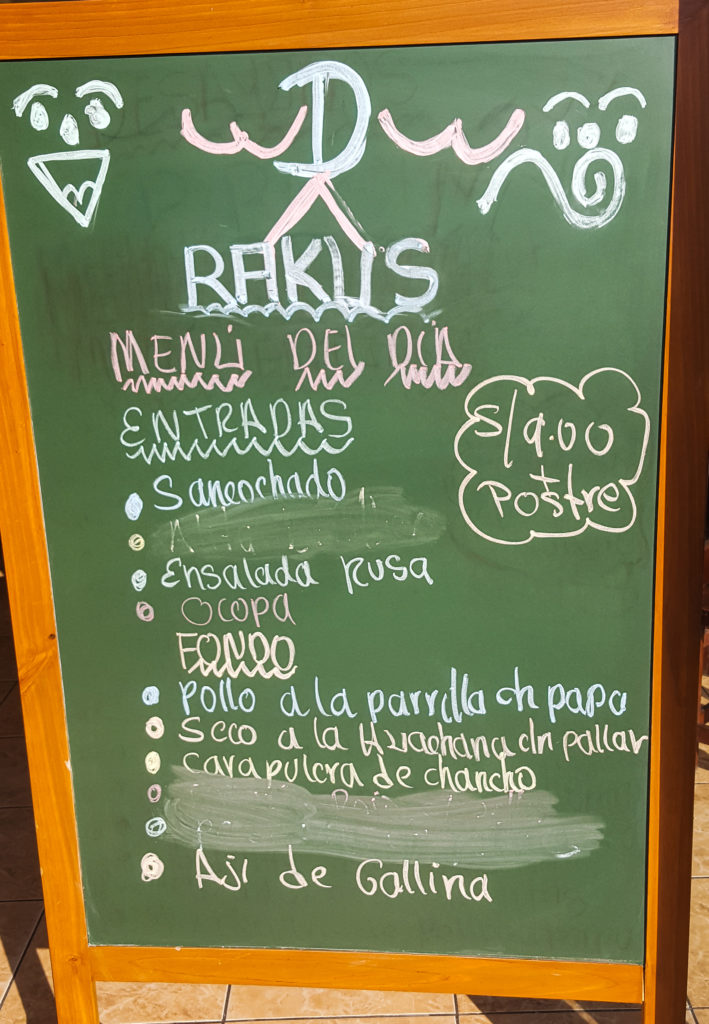
Buying food in a supermarket is a waste of money and only offers convenience. You can score incredible savings if you live near a market and go there frequently. How you choose to eat will affect your cost of living.
It’s not hard to eat well for less than $100 a month or around 300 soles. Compare this to what you’re spending now.
Utilities
Electricity is extremely cheap as it’s all powered by locally extracted natural gas or hydro power. As a single person who lazily leaves the fans on all year round even when I’m not home, I never spend more than 100 soles a month. A family of four using more appliances could reach 300.
Water is almost always included in your rent.
Phone plans start out at around 40 soles. For 140 I get unlimited calling to the US and in Peru, as well as 8gb of 4G LTE.
Cable and Internet plans run around 100 soles a month on the low end. Connections are slower than first world counterparts.
Since Lima never gets cold or extremely hot, AC and heating are unnecessary, making the cost of living even more affordable.
Health
Medicine is so astonishingly inexpensive that you’ll curse the American healthcare system with a shaking fist. Medical treatments are much cheaper than they would be in the US, and simple health insurance starts out at around 80 soles. Many formal employers cover your health insurance costs.
Laundry
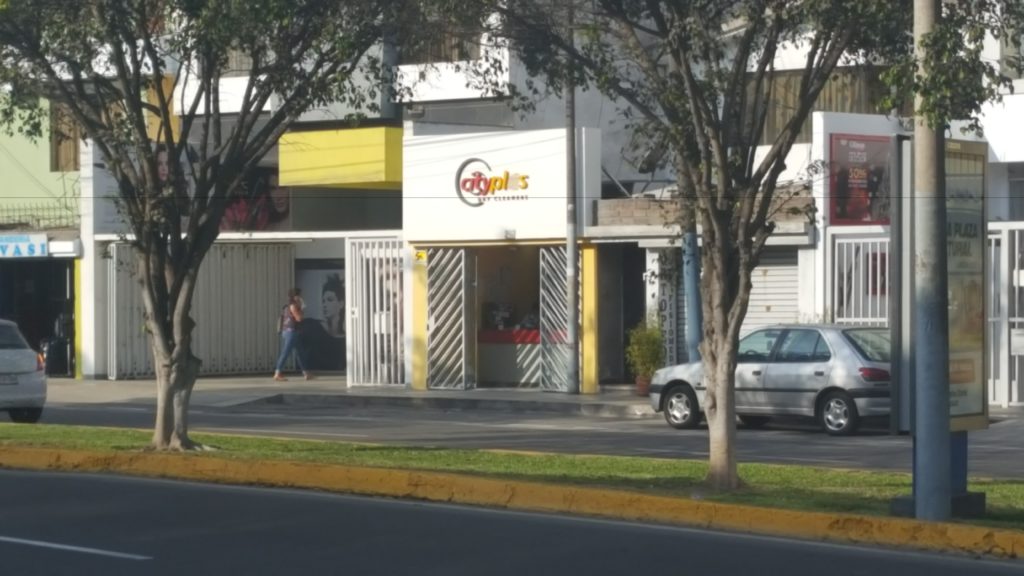
If you don’t have laundry machines at home, there are local full-service lavenderías that take care of it for about $1 per kilo of clothing. Dry cleaning is usually 5-10 soles per item. I spend around 100 soles a month on this (lots of dry cleaning though). Without it, you’d still be spending electricity and water, so I find it worth the money.
Education
This is a BIG one for families. If you have kids, you don’t want them in a public school. Decent private schools cost anywhere from 800 soles a month to a whopping $3000. And that’s just the beginning of the savage beating your wallet shall receive. Both to keep the riff-raff out and to make sure you never leave, Peruvian private schools also charge an entrance fee that typically is measured in 4 figures, and in dollars.
University costs, however, are quite reasonable. Even the priciest schools like the University of Lima cost only $12,000 a year. I spend 250 soles a month.
So what’s the real cost of living in Lima?
If you’ve been taking notes, you can see that it’s possible to survive in Lima for as low as 1000 soles a month. Granted, this would be scraping by on a Peruvian minimum wage, but it’s entirely doable. Apartment dwellers can expect to spend between 2-3000 soles a month. Consider some hypothetical scenarios:
| Expenses\Living situation | Single, rented room | Single, 2BR apartment | Couple, 2 kids, 3BR |
| Rent | 300 | 1200 | 1600 |
| Transportation | 200 | 200 | 1200 (one car) |
| Food | 300 | 300 | 1200 |
| Utilities | 100 (phone only) | 400 | 800 |
| Laundry | 60 | 60 | 200 |
| Schooling | – | – | 1600 |
| Healthcare | – | – | 300 |
| Total | 960 | 2160 | 6900 |
See why I don’t want kids? Jeez.
A typical English teacher starting out can expect to make between 2-3000 soles a month, even after taxes, which makes the second scenario very realistic. With the first, however, you’ll have more free cash to spend and save. Work your way up or do some private classes on the side and get over that 3,000 hump and now you have extra income to go out and a place to call your own.

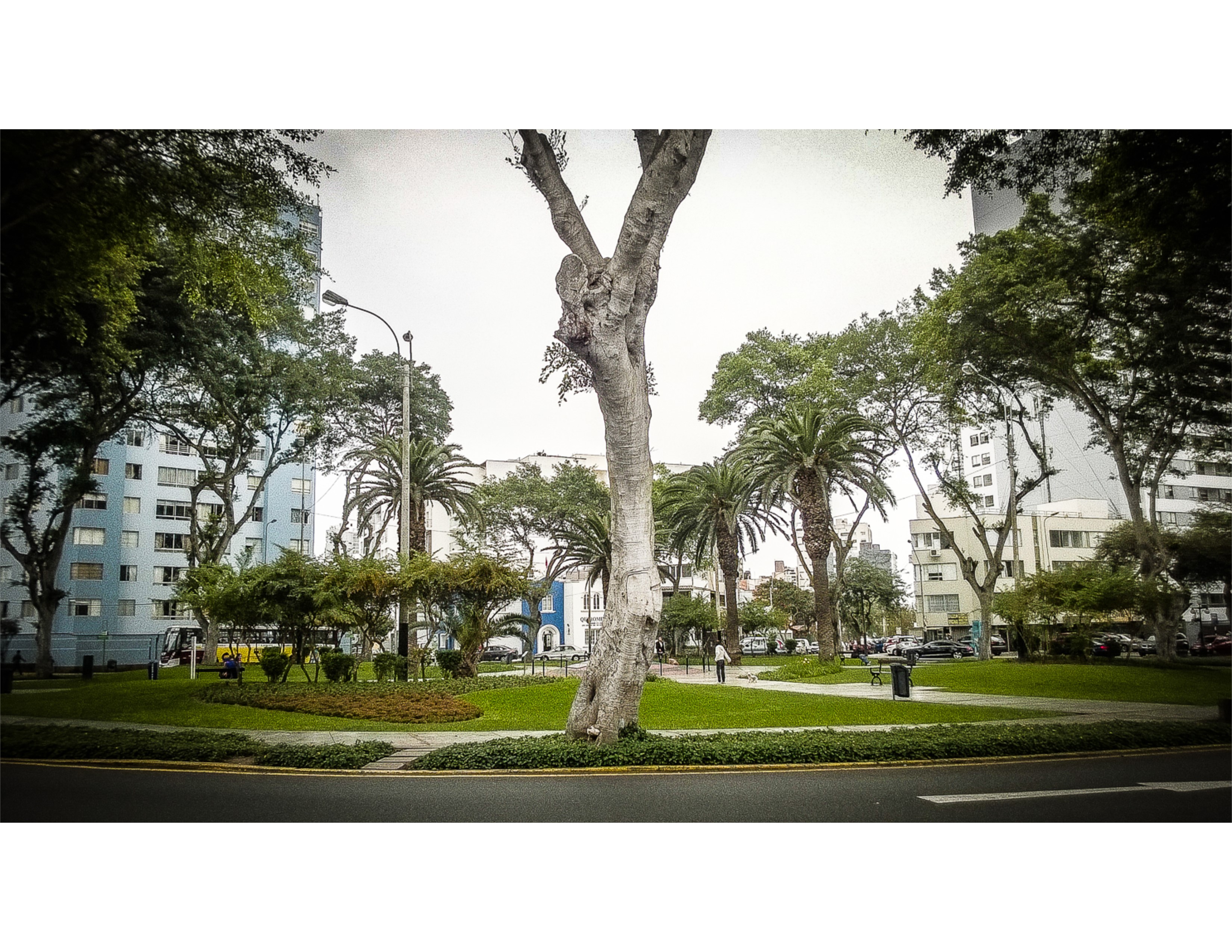
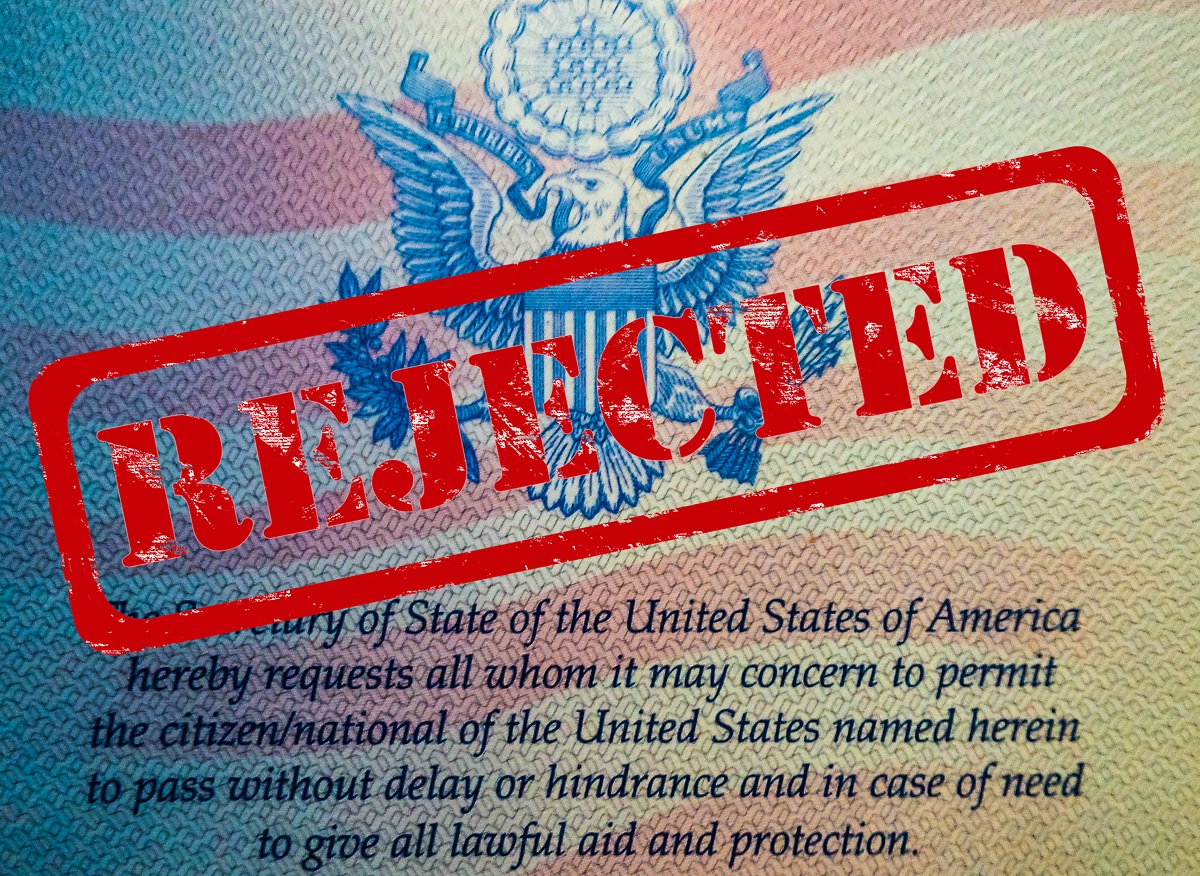

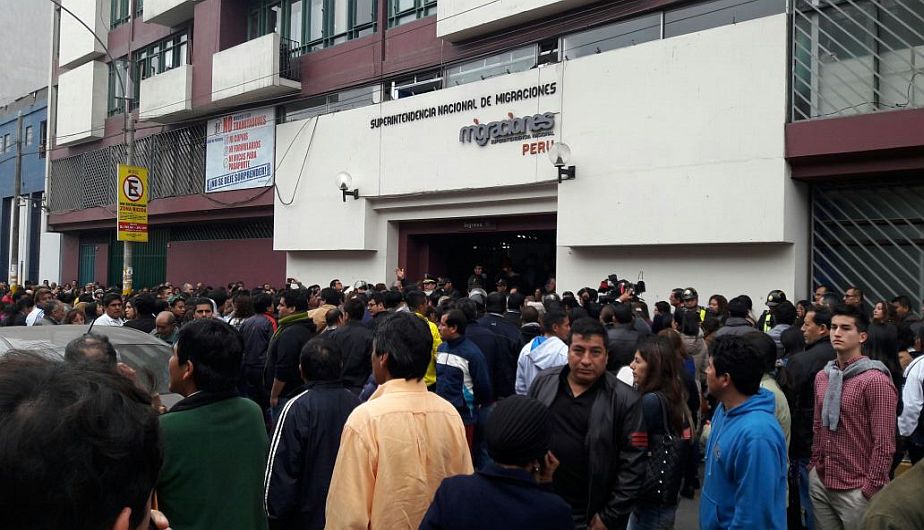
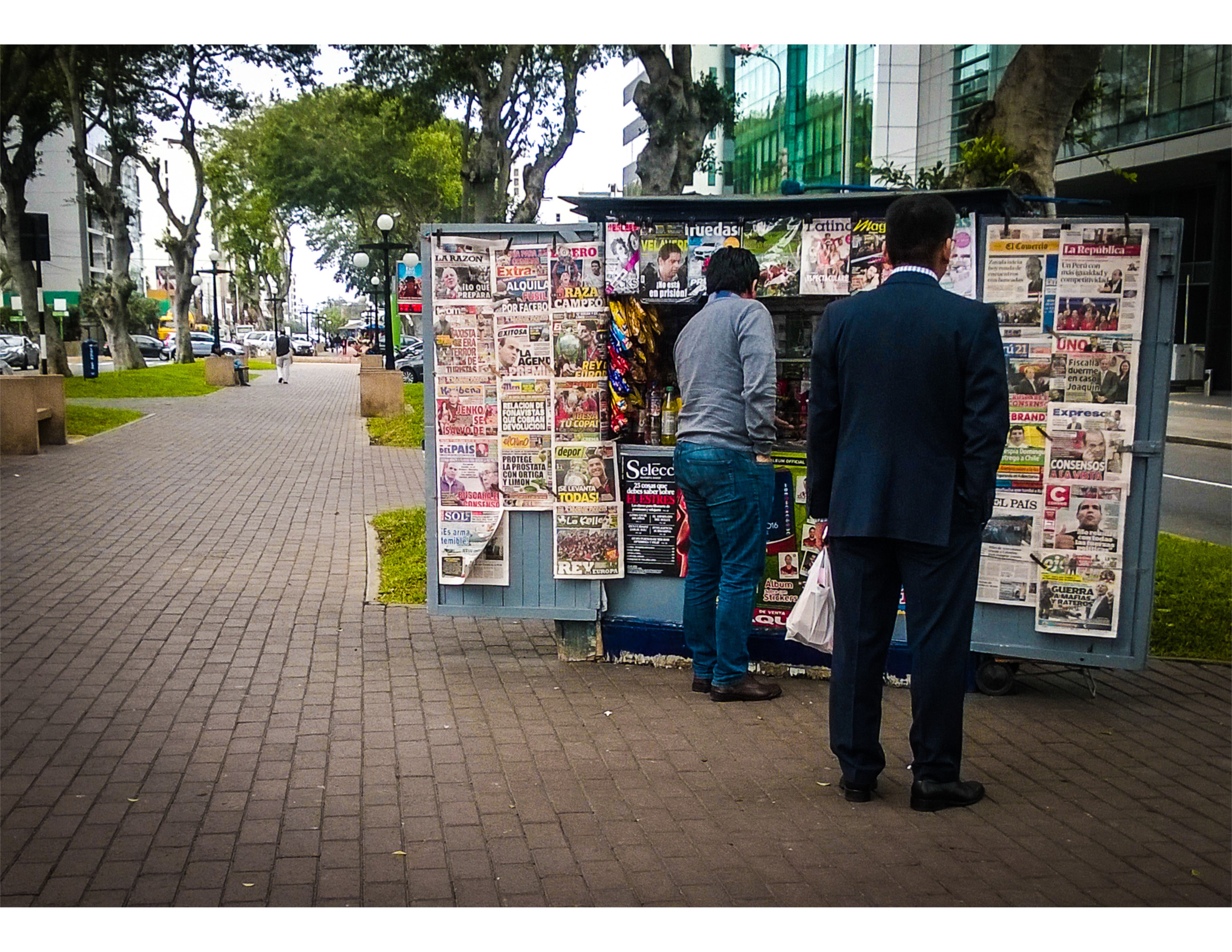
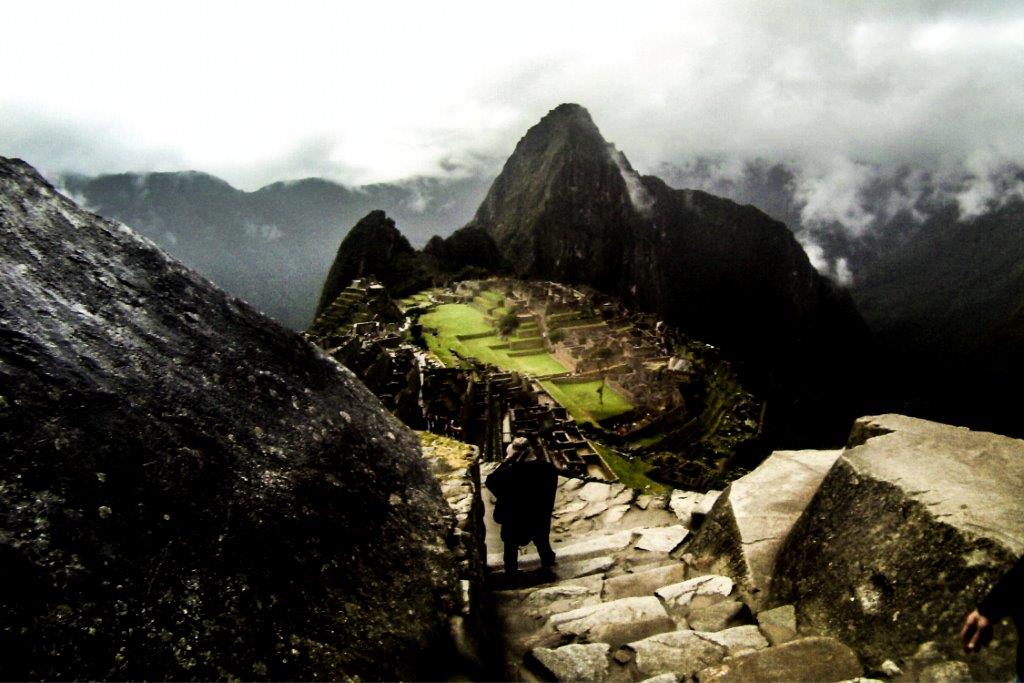
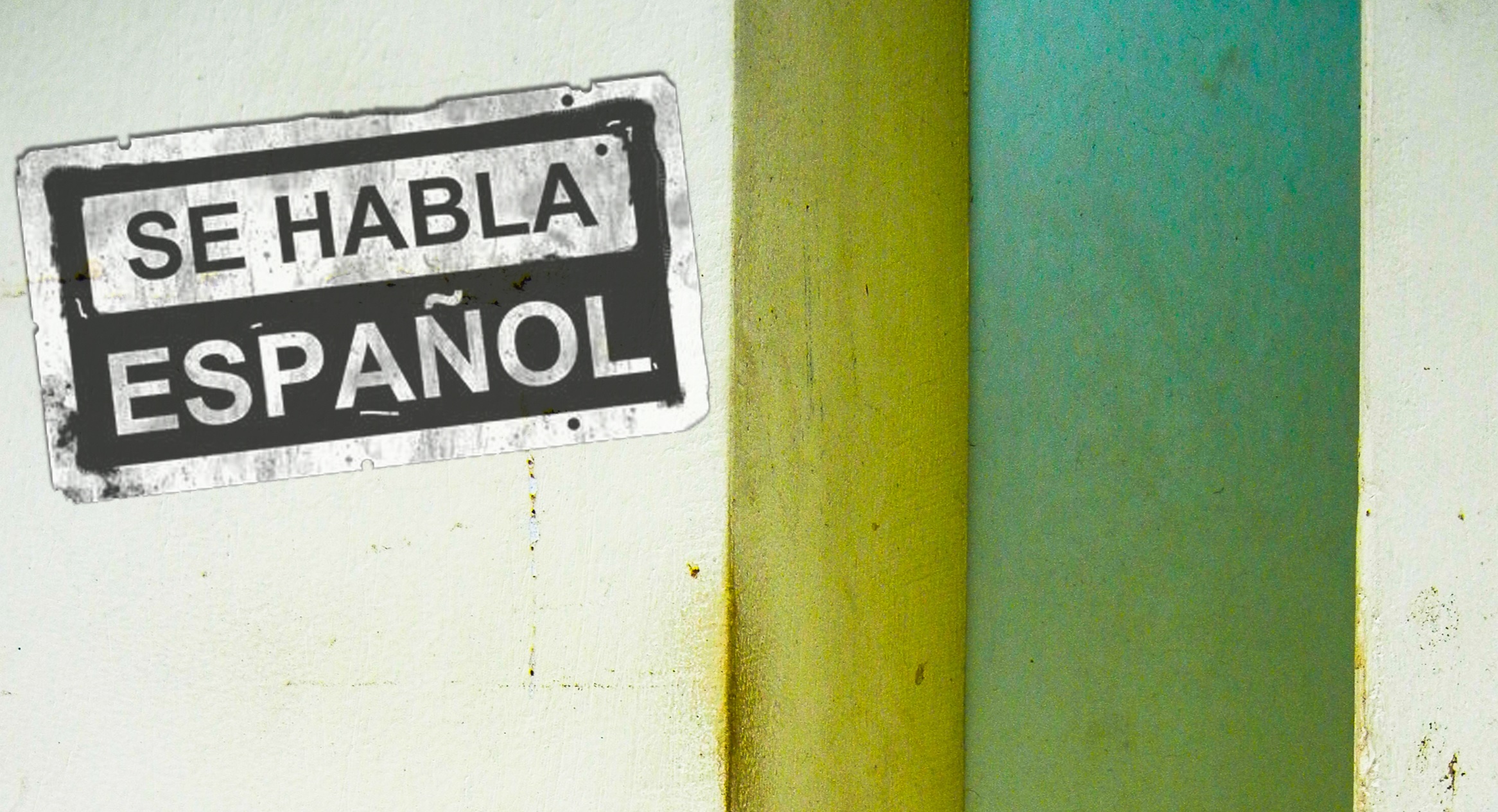
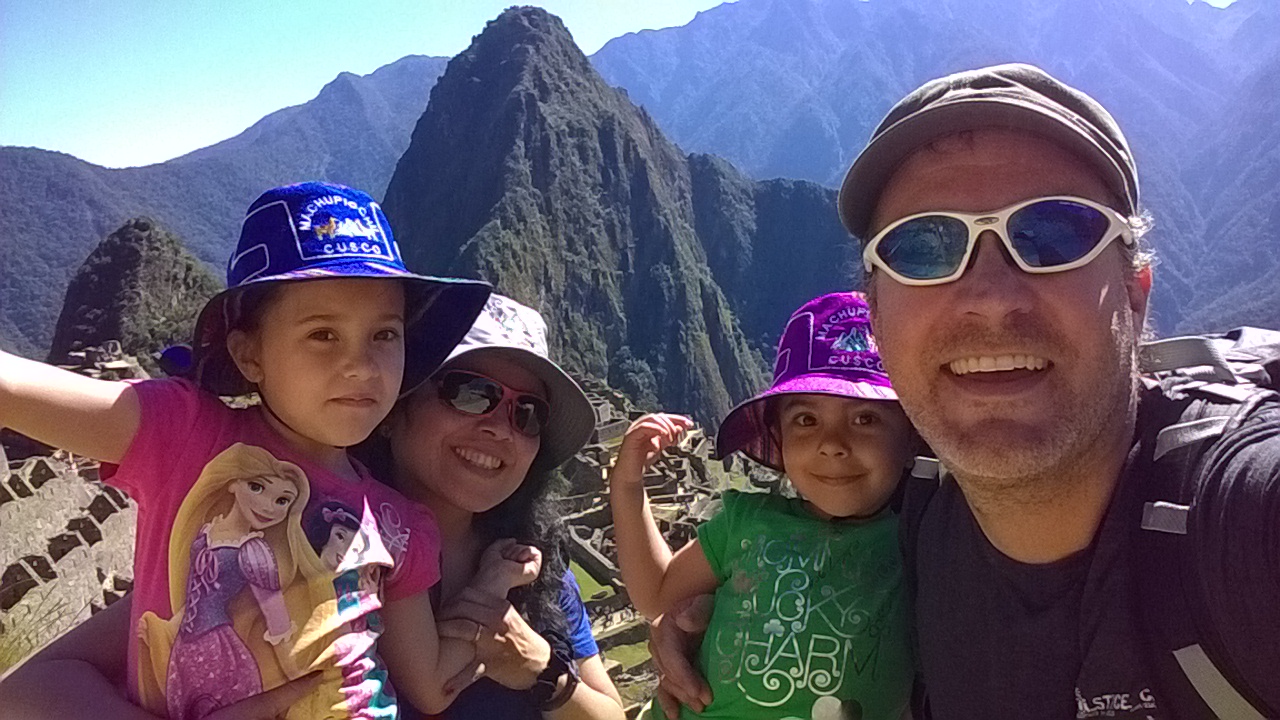

I have been living in Lima for 6 years now. Although I originally went there to work on some of the biggest copper mine projects in the world, I liked it so much I stayed. It has been over a year since my last project there and I have no plans on moving back north.
I have a 3 bedroom apartment in Surco, secure and in a nice development. 1200 soles a month. Everything stated above is spot on indeed. I am considering purchasing a place in Surco now. I have my feelers out… I did drive in Lima and found it much more convenient than taxis and or the bus, however, it took some time to learn how to drive there. As they say, when in Peru, drive like Peruanos.. Since my contract is up there and I am traveling abroad again for work, I gave up my lease and use public transportation. Simply put, the only things I miss living in Lima Peru are my family and my Harley. 🙂
Thanks for the comment Troy. I spent a bit of time living in Surco myself and found it nice. I usually get some Texas Hold ’em games going in June/July. Let me know if you want to be on the invite list: editor@streetsoflima.com